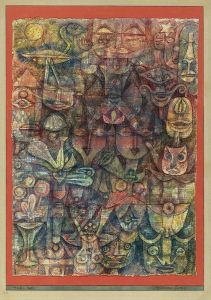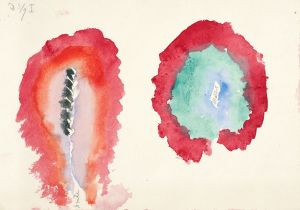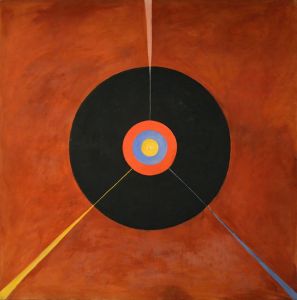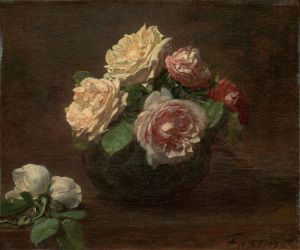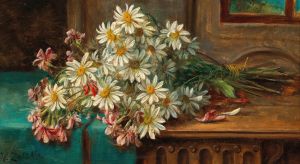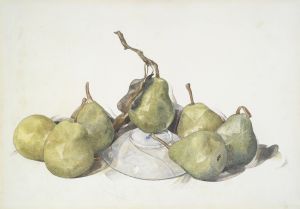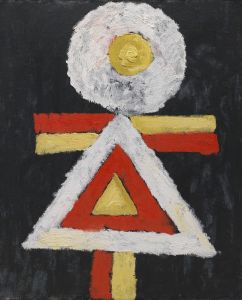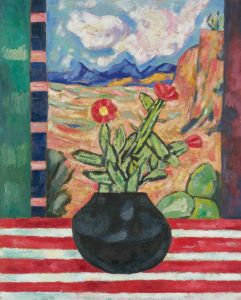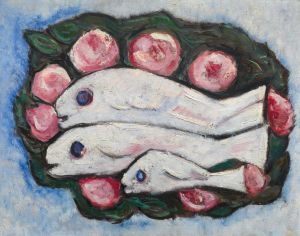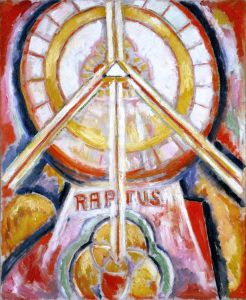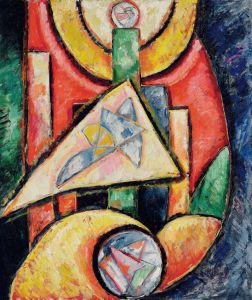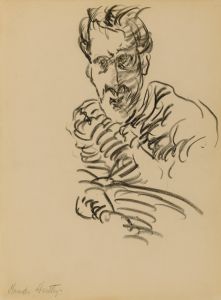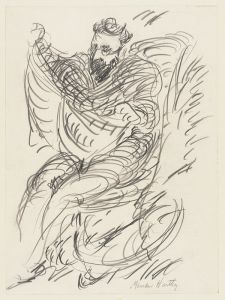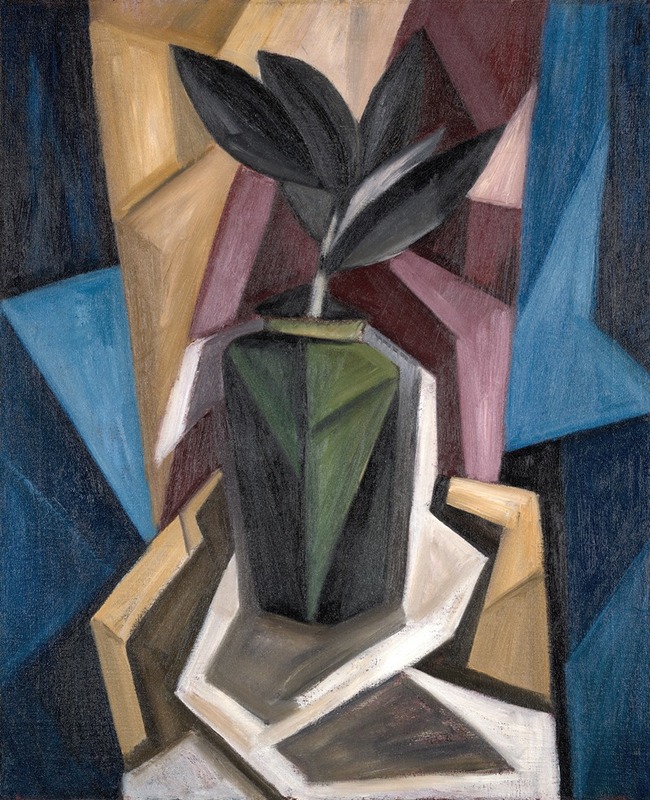
Rubber Plant
A hand-painted replica of Marsden Hartley’s masterpiece Rubber Plant, meticulously crafted by professional artists to capture the true essence of the original. Each piece is created with museum-quality canvas and rare mineral pigments, carefully painted by experienced artists with delicate brushstrokes and rich, layered colors to perfectly recreate the texture of the original artwork. Unlike machine-printed reproductions, this hand-painted version brings the painting to life, infused with the artist’s emotions and skill in every stroke. Whether for personal collection or home decoration, it instantly elevates the artistic atmosphere of any space.
Marsden Hartley was an American modernist painter, poet, and essayist, known for his bold and expressive works that often incorporated elements of abstraction and symbolism. Among his diverse body of work, "Rubber Plant" is one of the paintings that exemplifies his exploration of still life and his interest in capturing the essence of everyday objects.
"Rubber Plant" was painted during a period when Hartley was deeply engaged with the American modernist movement. This movement was characterized by a departure from traditional artistic styles and an embrace of new techniques and subjects that reflected the rapidly changing world of the early 20th century. Hartley, like many of his contemporaries, was influenced by European avant-garde movements, including Cubism and Fauvism, which encouraged a more abstract and expressive approach to art.
The painting "Rubber Plant" showcases Hartley's ability to transform a simple, everyday object into a subject of artistic inquiry. The rubber plant, a common houseplant known for its broad, glossy leaves, is depicted with a focus on form and color rather than realistic representation. Hartley's use of bold colors and simplified shapes reflects his interest in the emotional and symbolic potential of his subjects. This approach aligns with the modernist emphasis on exploring the inner essence of objects rather than merely replicating their outward appearance.
In "Rubber Plant," Hartley employs a vibrant color palette, which may include deep greens, rich blues, and contrasting hues that bring the plant to life on the canvas. The composition is likely characterized by a dynamic arrangement of shapes and lines, drawing the viewer's attention to the interplay between the plant's organic forms and the surrounding space. This treatment of the subject matter is indicative of Hartley's broader artistic goals: to capture the spirit and vitality of the world around him through innovative and expressive means.
Hartley's interest in still life subjects like the rubber plant can be seen as part of his broader exploration of identity and place. Throughout his career, he sought to reconcile his American roots with the influences of European modernism, creating a unique artistic voice that resonated with both traditions. His still life paintings, including "Rubber Plant," reflect this synthesis, combining the immediacy and familiarity of everyday objects with the bold experimentation of modernist techniques.
While specific details about the creation and exhibition history of "Rubber Plant" may not be extensively documented, the painting remains an important example of Hartley's work during a transformative period in his career. It highlights his ability to imbue simple subjects with depth and meaning, contributing to his legacy as a key figure in American modernism. Through works like "Rubber Plant," Marsden Hartley continues to be celebrated for his innovative approach to art and his enduring impact on the development of modernist painting in the United States.





